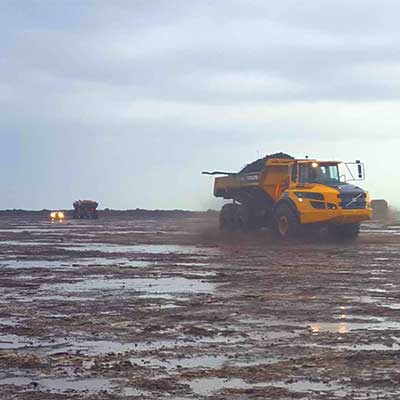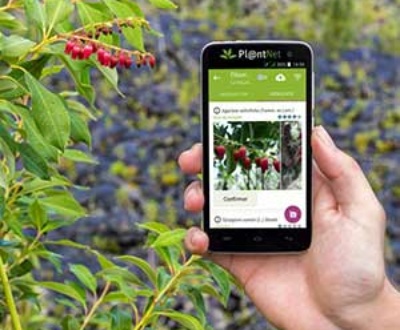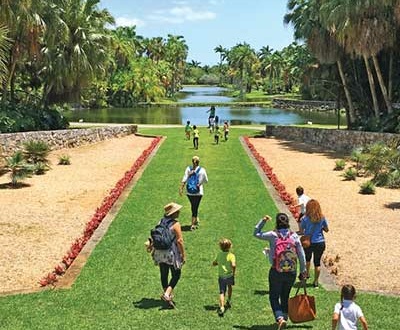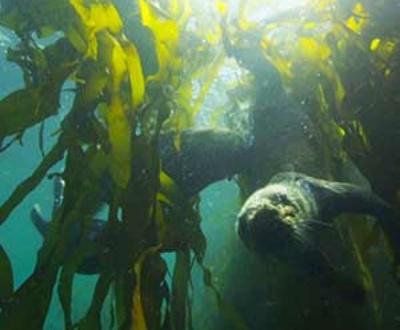I hope your holiday season was merry and bright! The weather certainly cooperated!
2023 Garden Talks 9:00am at the Coral Gables Farmers Market
We have a great line up of Garden Talks at the Farmers Market this year. ENJOY!!!
- 1/14/23 Dalton Goolsby. UF/IFAS. “Biodiversity and Conservation”
- 1/21/23 Jose Barros. Tropical Audubon. “How to Make Your Yard a Bird Sanctuary
- 1/28/23 Daniela Champney. Fairchild Tropical Garden. “Connect to Protect”
- 2/423 Commissioner Rhonda Anderson. “The Mangrove Project”
- 2/11/23 Joe Montes De Oca. “Would You Like to be a Citizen Scientist?”
- 2/18/23 Mary Benton, BoundbyBeauty. “Making Your Garden a Wildlife Oasis”
- 2/25/23 Dr. Rachel Silverstein. Miami Waterkeeper. “What You can do to Protect Our Beautiful Bay”
- 3/3/23 Deena Bell-Lewellyn, Assistant Director for Greenspace Management. City of Coral Gables. “Native Plants and Pollinator Plants in our City’s Public Spaces”
- 3/11/23 Dalton Goolsby, UF/IFAS. “Butterflies in Your Yard”
- 3/18/23 Jorge Rivera. City of Coral Gables. Arborist. “Flowering Trees for the City Beautiful”
- 3/25/23 Cindy David, “Going Native”
Hole in the Doughnut, Everglades National Park

Everglades Hole in the Doughnut work
When Everglades National Park was founded in 1947, a large area on the road into the park was still being used for agriculture. Eventually, the park bought out the farmers and added thousands of acres to the Park. Unfortunately, the area was not managed and thousands of Brazilian Pepper trees, one of the worst invasive plant species we have, took over all 6,000+ acres.
So the Park decided to DO THIS THE RIGHT WAY and they first cleared out the trees and then scraped away all of the former agricultural soil down to the limestone rock. Eliminating this layer of soil, filled with fertilizers and nutrients, made it possible for the native plants to come back. It was impressive watching the succession of native plants as pioneer plants that appear just after the “scrape” are slowly but surely replaced by the plant diversity that mimics the plant diversity found in the undisturbed parts of the Park. Of course this was a huge job, the 6,000 acres were divided into different “scrapes” which were cleared and scraped in sections starting in 1989. Folks there is no “quick and dirty” when it comes to doing restoration right. All to often, I’ve seen projects like this go for the “quick and dirty”. And it is dirty of course because it kills the invasive species with pesticides. So a big hats off to the Park Service for this achievement. They took the time and got the site back to its natural state. Hooray!!!
In an Ancient Reindeer Forest They Have Found a Way to Slow Climate Change
Remember I mentioned that in the American west the government is allowing Indian tribes to manage their land and increase the number of buffaloes. Just as they found buffaloes were essential to creating healthy soil.
 In the Arctic they are finding that reindeer are essential to maintaining that habitat. So where they were cutting trees and destroying the habitat, now Norwegians aim to take this forest out of production and allow it to return to its natural rhythms.
In the Arctic they are finding that reindeer are essential to maintaining that habitat. So where they were cutting trees and destroying the habitat, now Norwegians aim to take this forest out of production and allow it to return to its natural rhythms.
The reindeer in life fertilize the land with their droppings and in death the carcasses are nutrient rich fertilizers that sustain the rivers, soil and trees that absorb green house gases and keep them out of the atmosphere. Their digestive tracts, calibrated to sync with the harsh Arctic, fill with specific enzymes and bacteria that allow them to graze on mosses, lichen and seasonal grasses. When temperatures dip, the pads of their shovel shaped hoofs shrink and the sharp rims emerge so they can dig for lichen under the snow and this results in a kind of smooth mirror of white covered ground which reflects the light back into the atmosphere. If there is too much lichen on the forest floor it absorbs the sunlight and heats the earth. Do you think Rudolf hangs out here?
Honestly what we are finding out is that every part of earth and the plants and animals native to that part are in an intricate web which keeps nature in balance and stable. We humans just barge in and change things to suit us-which worked alright when humans only took up 1/3 of the planet. Now that we take up 2/3rds of the planet it is not working so well, speaking of which…
90% of US Counties Have Experienced Federal Disaster Since 2011
“From 2011 to the end of last year, 90% of U.S. counties have experienced a flood, hurricane, wildfire or other calamity serious enough to receive a federal disaster declaration, according to the report, and more than 700 counties suffered five or more such disasters. During the same period, 29 states had, on average at least one federally declared disaster a year somewhere within their borders. Five states have experienced at least 20 disasters since 2011.” (NY Times 11/16/2022)
About the Author

Linda Lawrence Waldron currently writes the Green Gables column in Gables Living Magazine. Linda was Chairman of the Garden Club's Coral Gables Library Butterfly Garden Committee.
Sign up here for email notifications about new Green Gables articles!
More from our blogs
See all postsRecent Posts
- April 2023 April 1, 2024
- Good News on Environmental Plastics February 1, 2024
- Material World / Plant World January 1, 2024
Leave a Comment cancel
This site uses Akismet to reduce spam. Learn how your comment data is processed.









